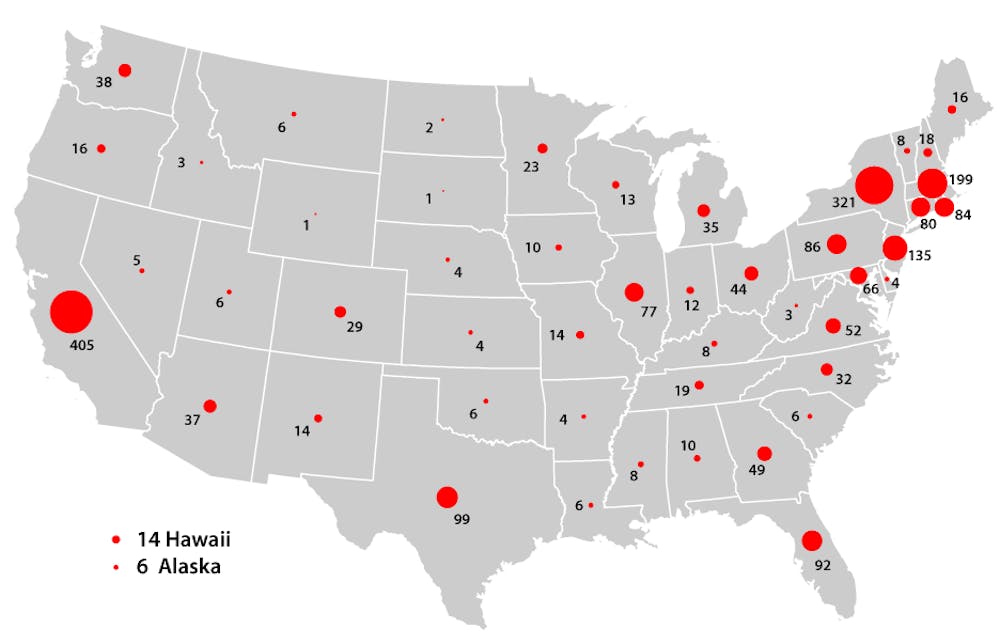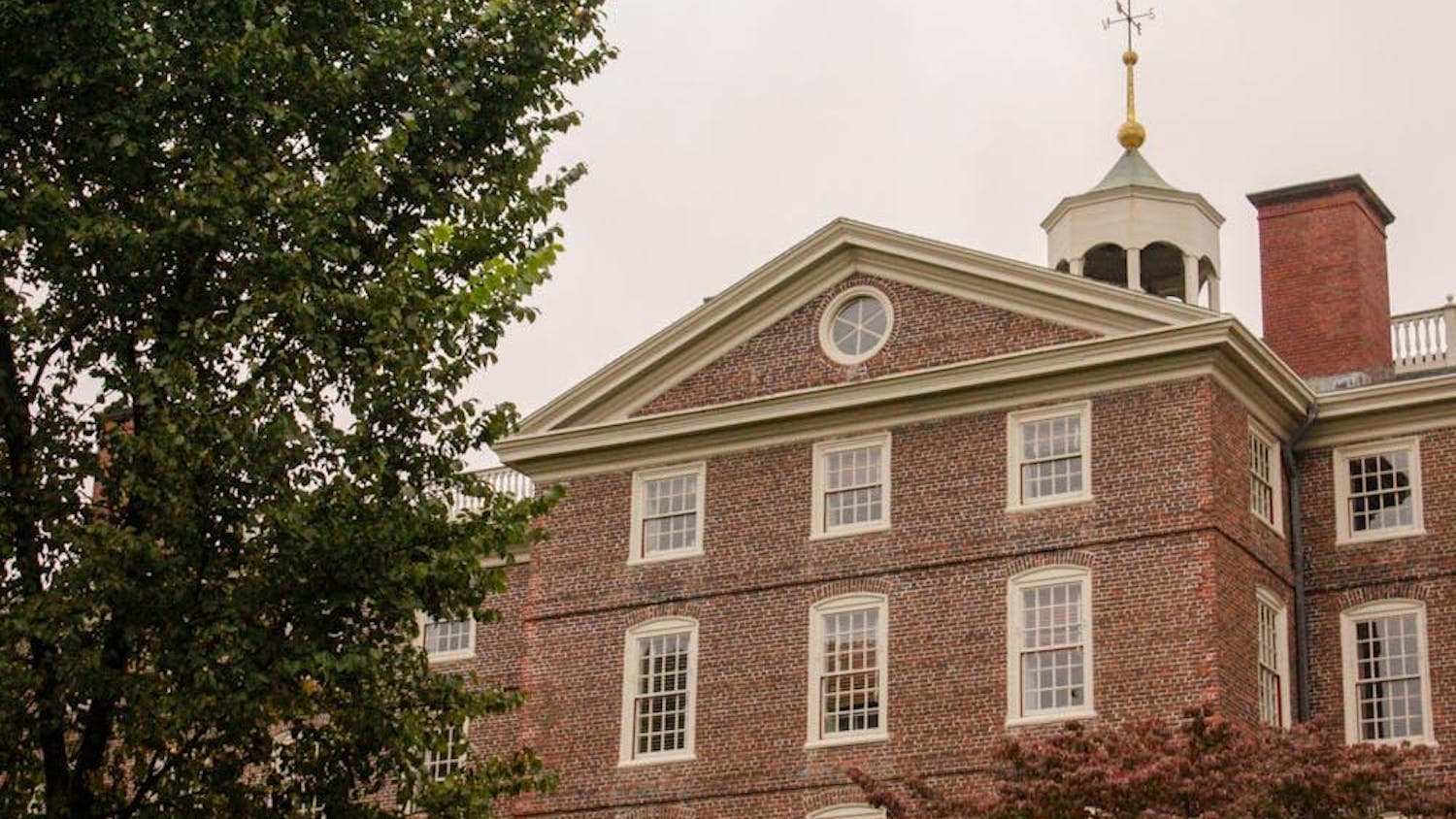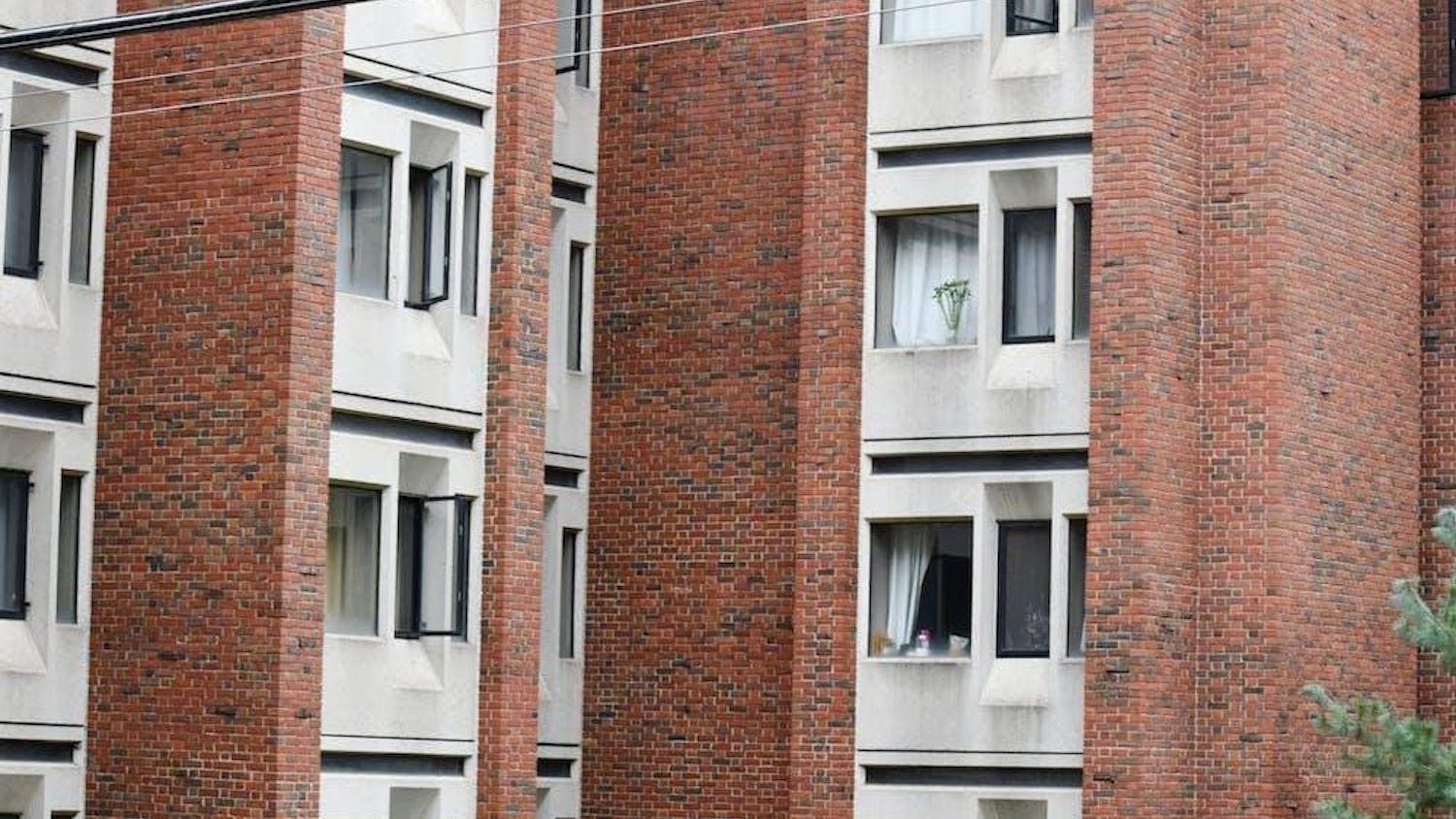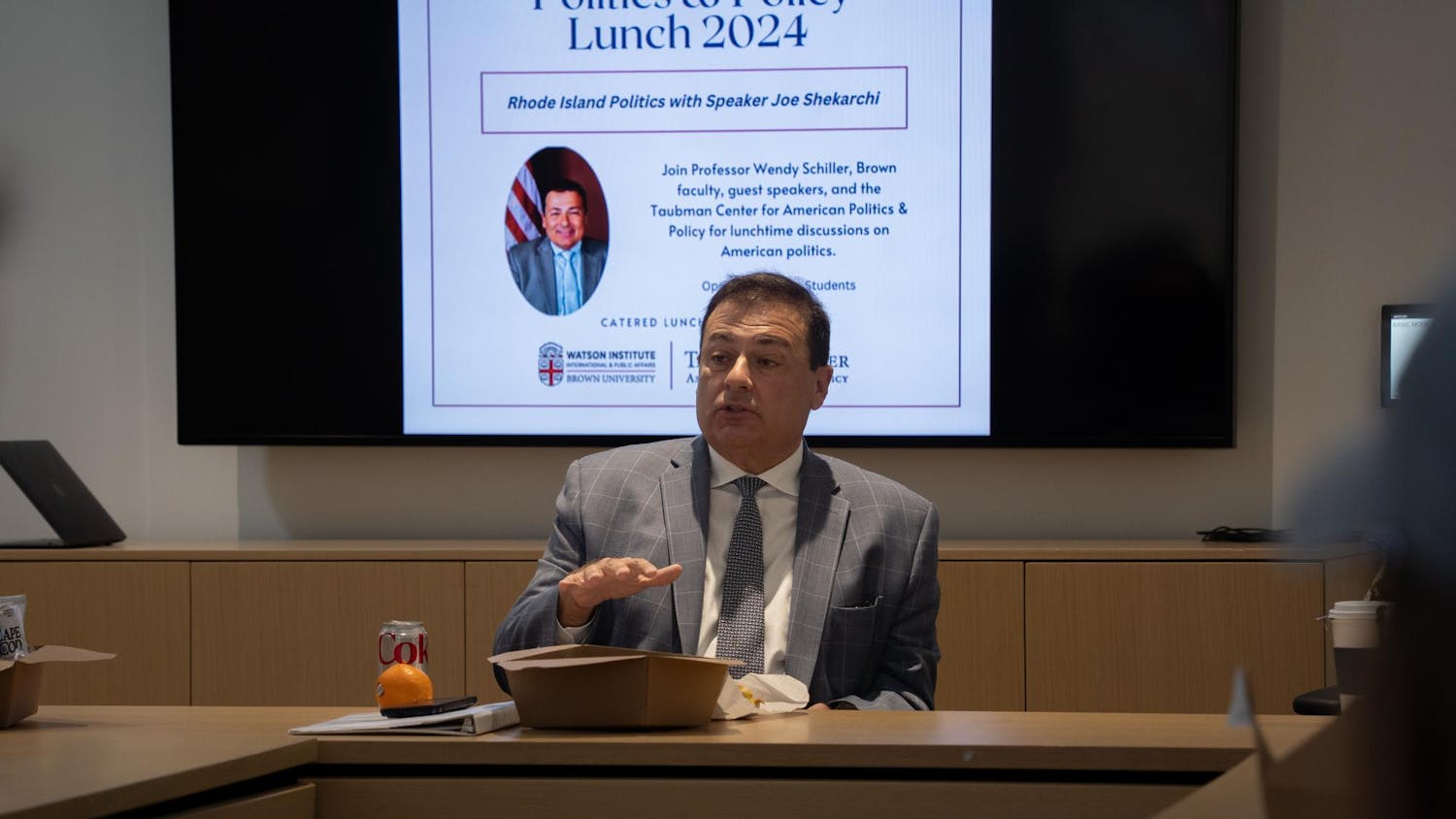The University admitted 9.2 percent of applicants to the class of 2017, the second-lowest acceptance rate in Brown’s history.
A total of 2,649 out of 28,919 applicants received acceptance letters to the University’s 250th incoming class, according to a University press release.
This year’s acceptance rate is lower than that of every previous year except for the 2011 admission cycle, when the Admission Office accepted 8.7 percent of applicants to the class of 2015. About 9.6 percent of applicants were admitted last year to the class of 2016, when 28,742 students applied.
“The admitted class as a whole is just spectacular,” said Provost Mark Schlissel P’15. “Not only are they great students, but they are very engaged. They want to make a difference in the world.”
Students who applied in this year’s regular decision process received their decisions online March 28 at 5 p.m. Eastern Standard Time. The Admission Office had already accepted 558 students in the early decision process in December, The Herald previously reported.
Forty-five percent of admitted students in the class of 2017 identify as students of color, and 17.5 percent are first-generation college students, both record-high numbers. Of the admitted students, approximately 12 percent identify as black, 14 percent identify as Latino, 18 percent identify as Asian and 2 percent identify as Native American, wrote Jim Miller ’73, dean of admission, in an email to The Herald.
Approximately two-thirds of the admitted class expressed intent to apply for financial aid, about the same percentage as in previous years.
All other Ivy League universities released regular decision admission results March 28. Six of the eight Ivies — Columbia, Cornell, Harvard, Penn, Princeton and Yale — had record-low acceptance rates this year, while Dartmouth was the only Ivy to have a higher acceptance rate than last year.
Columbia admitted 6.89 percent of applicants this year, Cornell admitted 15.2 percent and Harvard accepted 5.8 percent. Penn admitted 12.1 percent of applicants, Princeton accepted 7.29 percent and Yale accepted 6.72 percent. Dartmouth admitted 10.05 percent of applicants.
These numbers are consistent with last year’s figures and only differ “by a few tenths of percentage points,” said Michele Hernandez, a college consultant and former assistant director of admissions officer at Dartmouth. She added that Dartmouth is aiming to increase its class size, which could account for the school’s uptick in percentage of applicants accepted.
Students from all 50 states were admitted to Brown, with the most represented states being California, New York, Massachusetts, New Jersey and Texas, respectively. Accepted students hail from 83 nations, three more countries than last year’s admitted pool.
China once again had the most accepted applicants from a foreign country. Canada, India, South Korea and the United Kingdom rounded out the top five foreign nations with the most admitted applicants. Fifteen percent of the admitted students are from schools outside the United States, which includes Americans living abroad.
The University received a record number of applications from India this year, The Herald previously reported.
Joon Kee Park, a student at Asia Pacific International School in Seoul, received his admission decision early in the morning Friday and was “ecstatic” when he realized he was accepted, he wrote in an email to The Herald. Park added that, coming from a high school with a “rigid curriculum,” Brown’s lack of core requirements attracted him to apply.
Of the admitted students, 58 percent indicated they intend to concentrate in either the physical or life sciences, according to the University press release. Over 25 percent intend to concentrate in the social sciences, while 12 percent look to concentrate in the humanities and 3 percent are undecided. Engineering, biology, computer science, international relations and economics accounted for the top five most popular intended concentrations, according to the press release.
These results are mostly unchanged from last year’s concentration statistics, except that computer science overtook English as a top five concentration.
Increased interest in computer science could stem from factors like promising job prospects in the field, the growing availability of computer science classes in high schools and the increased awareness of technology in students’ daily lives, Miller said. “Brown’s experience with increasing numbers of (computer science) candidates seems to mirror that of peer schools.”
Mac Woodburn, an accepted applicant from a rural high school in McConnelsville, Ohio and a prospective first-generation college student said he has never known anyone who has been accepted to Brown and was “amazed” when he got in.
“There are two majors I really want to pursue — cognitive neuroscience and astrophysics,” he said. “With the Open Curriculum, I think Brown will allow me to do that.”
The University anticipates 1,515 members will join the class of 2017 for a predicted yield of 57 percent. Admitted students must decide whether to accept their offers of admission by May 1.
An earlier version of this article incorrectly stated that Mac Woodburn is from Stockport, Ohio. In fact, he is from McConnelsville, Ohio.
Last updated April 1 at 1:09 a.m.

ADVERTISEMENT




